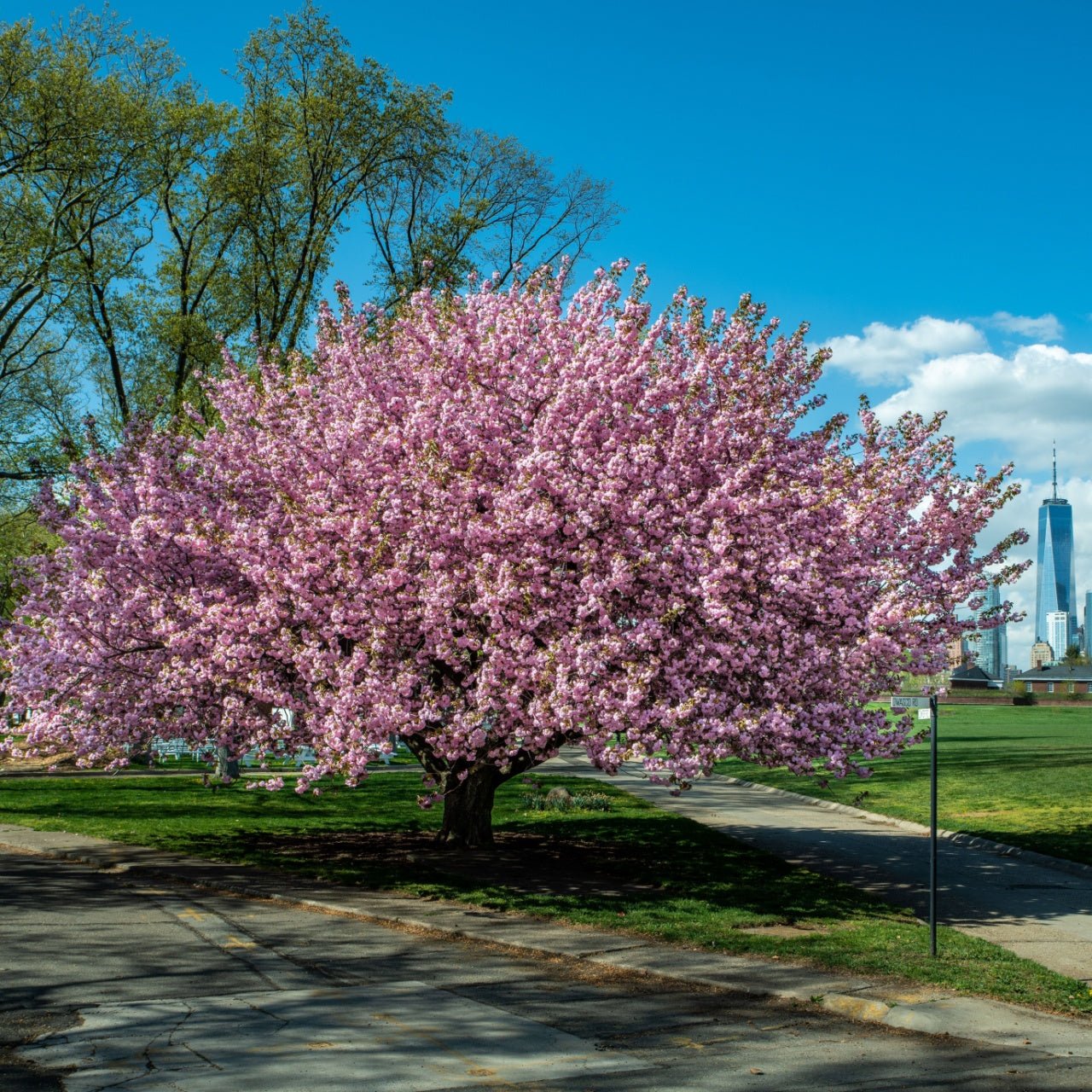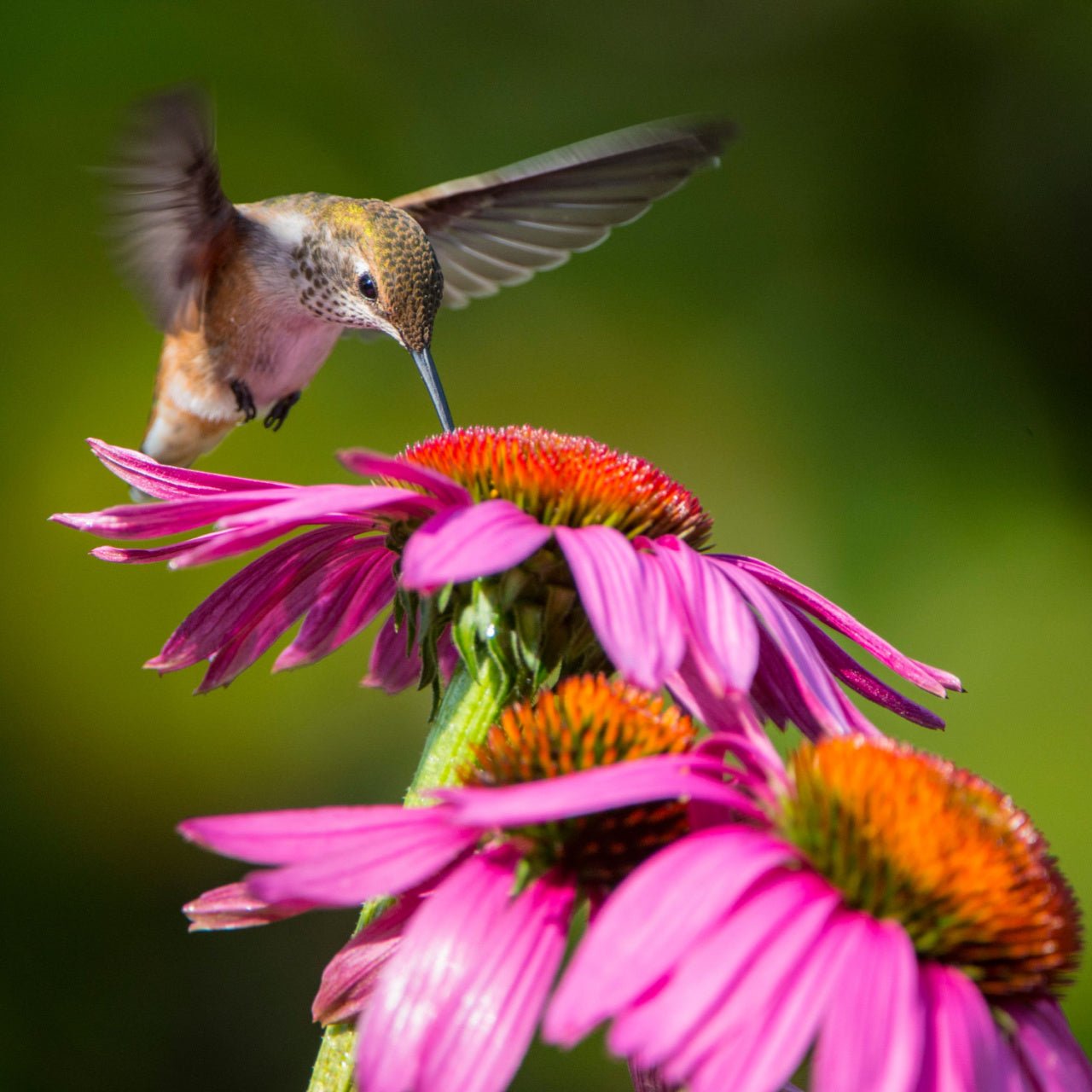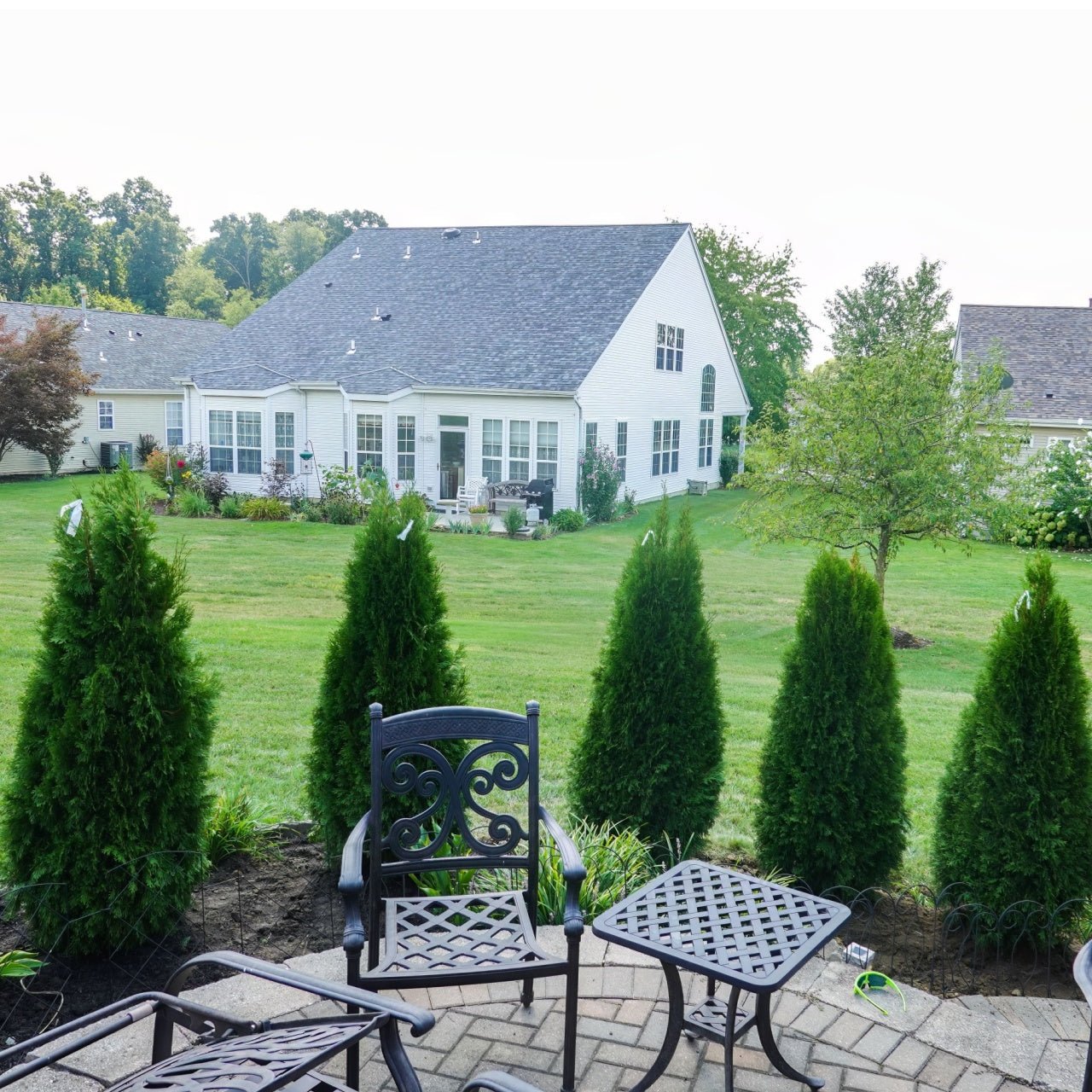
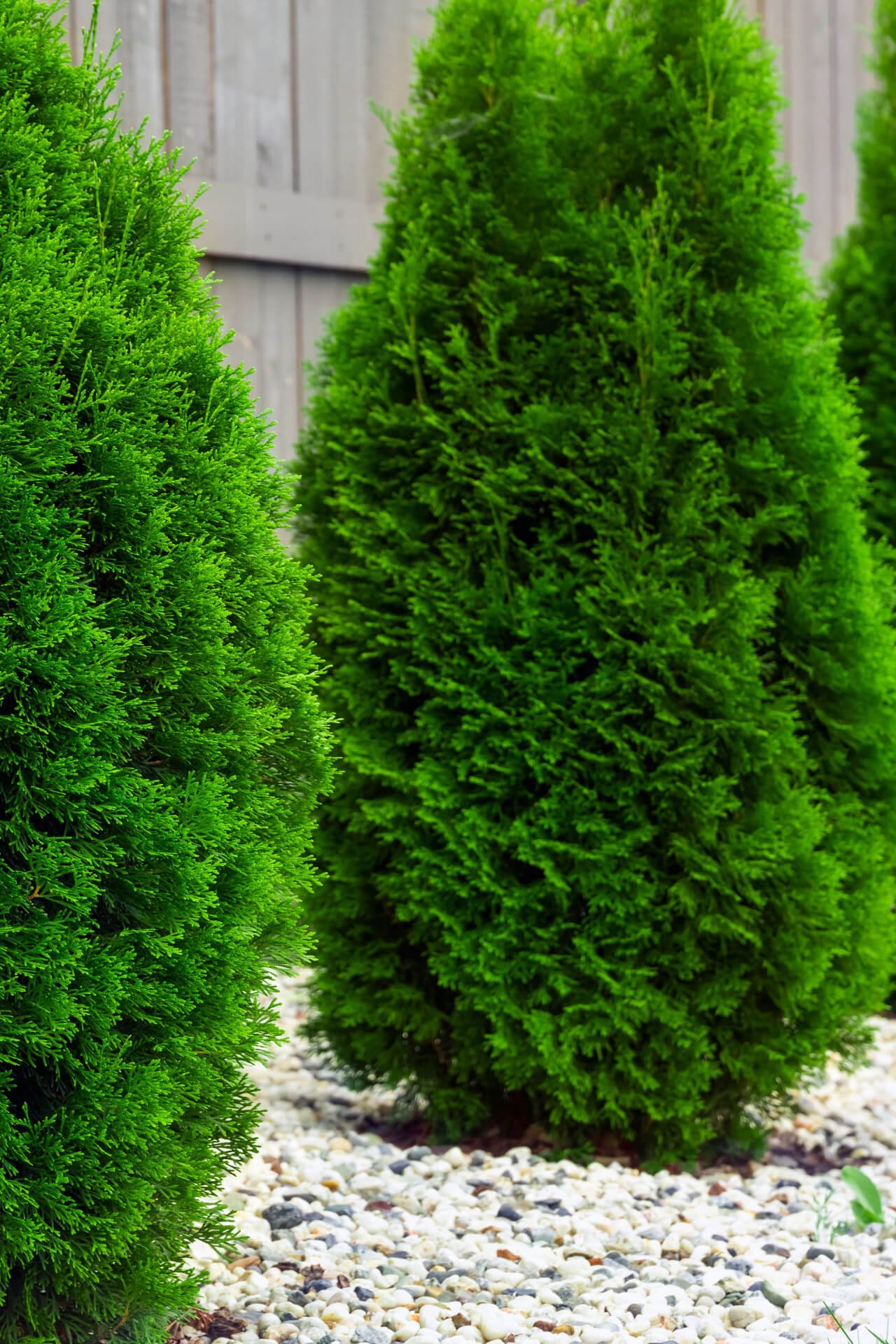
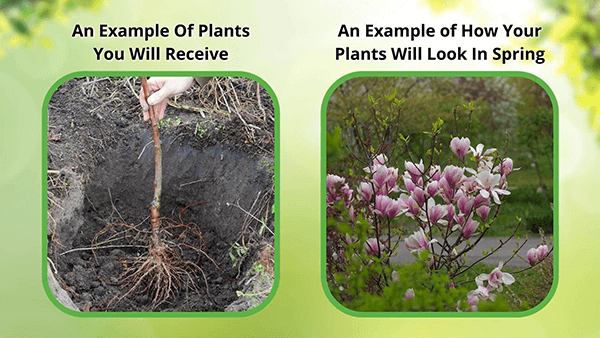
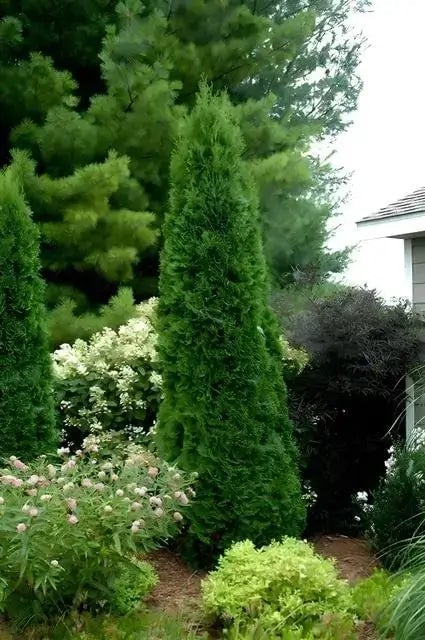

American Arborvitae 6-12"
Provides year-round green privacy
Ideal for windbreaks and screens
Enhances property value and aesthetics
Thrives in
ZONE 2ZONE 3ZONE 4ZONE 5ZONE 6ZONE 7This plant ships:
November 20251 Year Guarantee on all plants
American Arborvitae 6-12" - Thuja occidentalis
The American Arborvitae 6-12" (Thuja occidentalis) is a widely popular, native evergreen that is sure to please with its deep green foliage and beautiful, distinctive red bark.
Plant Details - American Arborvitae 6-12"
Family: Cupressaceae
Light Requirement: Full Sun
Water Needs: Moist
Height: 20 – 40 ft.
Spread: 10 – 15 ft.
Growth Rate: Fast
Wildlife Value: Attracts birds, butterflies
Landscape Uses and Maintenance - American Arborvitae 6-12"
The American Arborvitae 6-12" has deep green, flat needles, small brown cones, and a distinctive red-tinted bark that peels away from the trunk in strips. It grows in an upright and pyramidal habit.
This is an excellent choice for creating a winter garden, to have in your yard or garden as an ornamental focal point or accent, or to create a living privacy screen or hedge.
This is a low maintenance tree that will bring great beauty and elegance to your landscape.
Plant in a location that has full sun to partial shade. It will grow the best in a location with full sun. Its growth will be severely limited in the shade.
Plant this tree in a location with alkaline to neutral soil. This tree prefers moist and well draining soil. It can tolerate different soils, including heavy clay soils, sand, and loam. Keep this tree watered consistently until it becomes well established. Avoid planting it in a location with dry soil, as this tree needs high levels of moisture.
High winds? You should avoid planting this tree in a windy location; it can be prone to breakage with winter storms.
This tree will not need routine pruning. Prune this tree when you notice damaged, decaying, or diseased branches.
Deer prefer this plant. Keep it protected against browsing damage while it is young, especially in the winter.
Birds will use this tree for shelter and eat its seeds. Squirrels and other mammals will eat its seeds too.
Noteworthy Characteristics
American Arborvitae 6-12" can tolerate being planted near Black Walnut.
This tree is a host plant to many butterflies, including the Promethea Silk Moth.
This Is How Your Plants Will Look upon Delivery

Height at Maturity
Over 25 Feet
Care
Water American Arborvitae regularly, especially during its first year. Mulch the base to hold moisture and control weeds. Prune to maintain shape and clear dead or damaged branches. Monitor for pests like spider mites.
Plant Reproduction
Pear American Arborvitae reproduces through wind-pollinated seeds from cones.
Plant bare root trees during the dormant season in early spring or late fall (November through April). Dig the hole twice as wide as the roots so the soil is well-drained. Position the tree so the root flare is at or just above ground level. Fill the hole back with the soil you dug from and water. Maintain soil moisture, especially in the tree's early years, by providing deep, regular watering. Apply a 2-4 inch mulch away from the trunk at the base to retain moisture and suppress weeds. Prune trees during the first few seasons to establish strength and resilience, remove damaged branches, and continue maintenance pruning as the tree matures. Regularly inspect for pests and diseases and apply integrated pest management practices. Protect young trees from mechanical damage and extreme temperatures with tree guards, and stake them if necessary for support, removing the stakes after one or two years.
Shipping date depends on the date displayed and chosen when you order from the product's page.
We only accept returns on plants verified dead. If you think your plants have died, we offer a 1 year warranty, please use this File a Claim Link to verify dead plants and start with return warranty process.






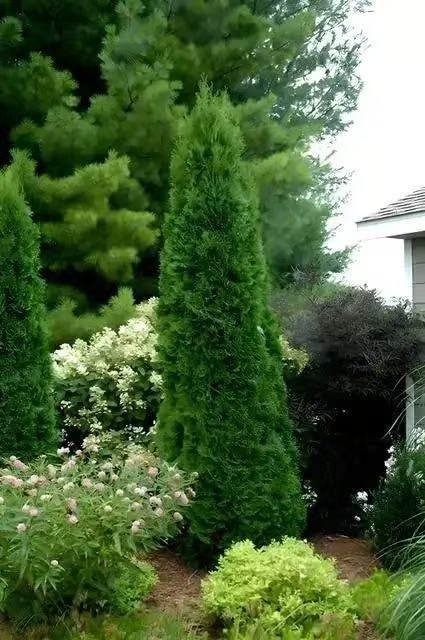
Privacy and Screening:
American Arborvitae grows densely, making it an excellent choice for creating a natural privacy screen or hedge. It provides a lush barrier that can shield your property from prying eyes and noisy neighbors.
Adaptable to Different Soils:
This tree is adaptable to a wide range of soil types and conditions, including clay and sandy soils. It can thrive in both full sun and partial shade, making it versatile for various garden settings.
Fast Growth:
American Arborvitae grows relatively quickly, allowing you to enjoy its benefits sooner. Its rapid growth rate means you’ll have a fuller, more established hedge or screen in a shorter time.
Environmental Benefits:
Planting American Arborvitae helps with soil stabilization and erosion control. Additionally, its dense foliage provides habitat and shelter for local wildlife, contributing positively to the ecosystem.
Caring Tips
How do I care for my American Arborvitae 6-12"?
Each box contains detailed care instructions and information about your product. But here's the basics.
Care Tips
Water American Arborvitae regularly, especially during its first year. Mulch the base to hold moisture and control weeds. Prune to maintain shape and clear dead or damaged branches. Monitor for pests like spider mites.
Light Requirements
American Arborvitae thrives in full sun to partial shade. It prefers at least 6 hours of direct sunlight daily but can tolerate some shade. Consistent light exposure ensures dense foliage and healthy growth, making it ideal for hedges and privacy screens.
Hardy Planting Zones
2 • 3 • 4 • 5 • 6 • 7
Header
Use this content to share information about your store and products.
Frequently Asked Questions
How often should I water my plants?
How do I know if my plant is getting too much or too little sunlight?
What should I do to prepare my plants for winter?
What are the signs that my plant needs fertilizing?
How can I prevent pests from damaging my plants?
How do I choose the right plant for my climate zone?





